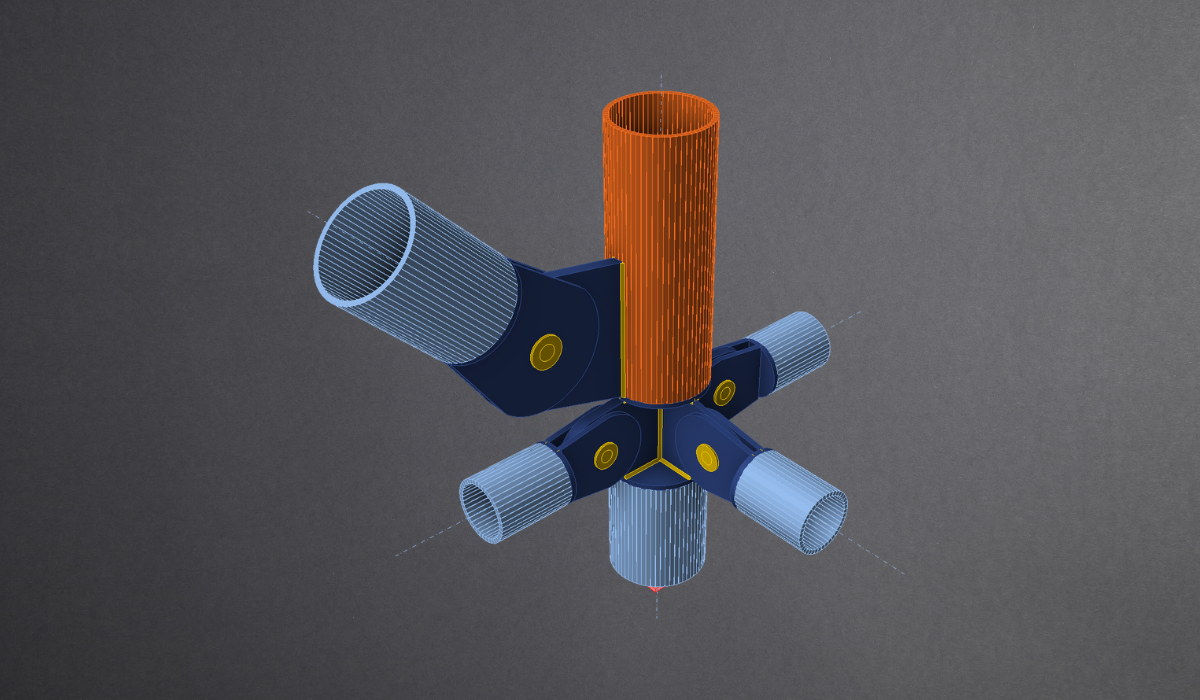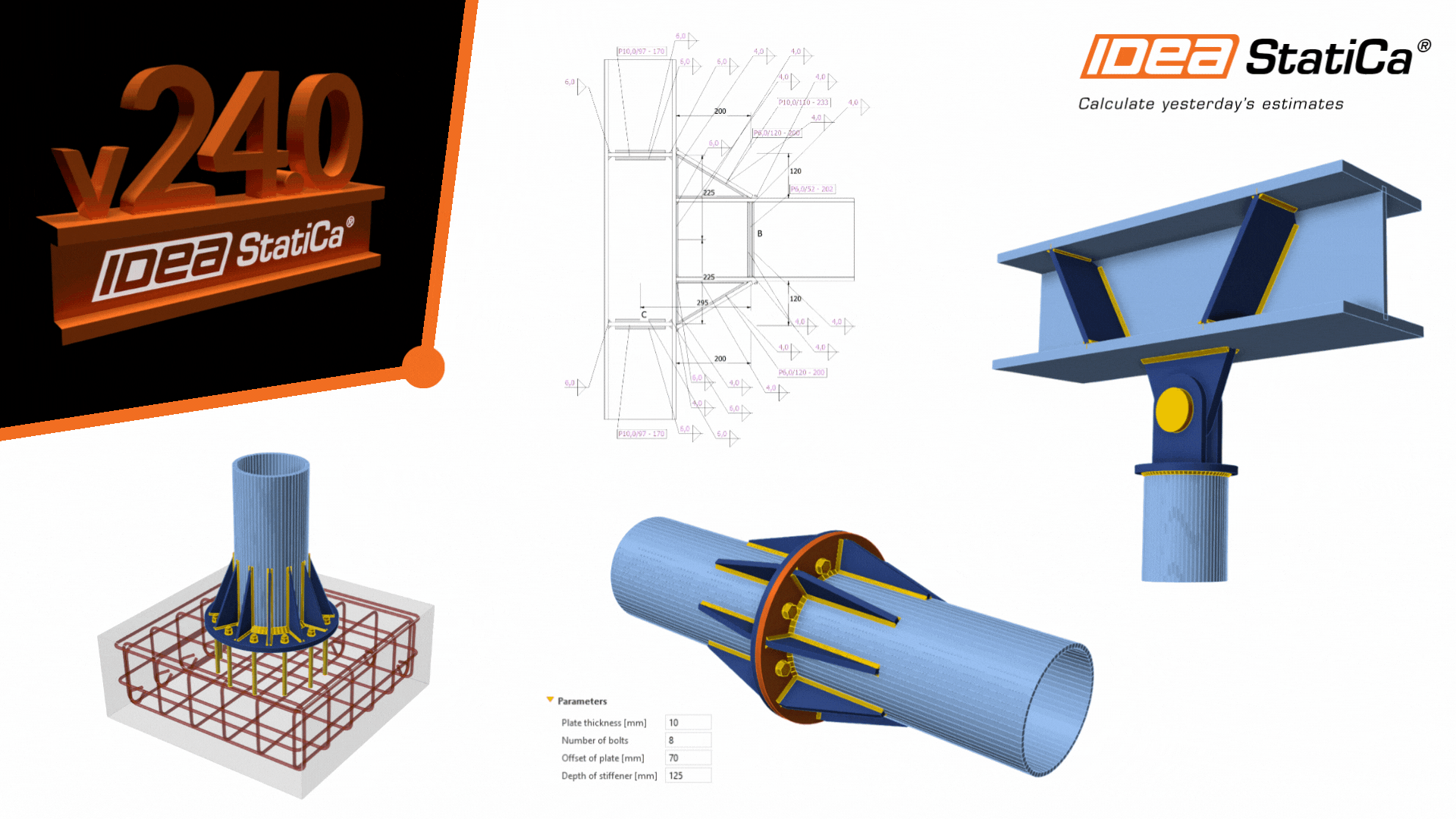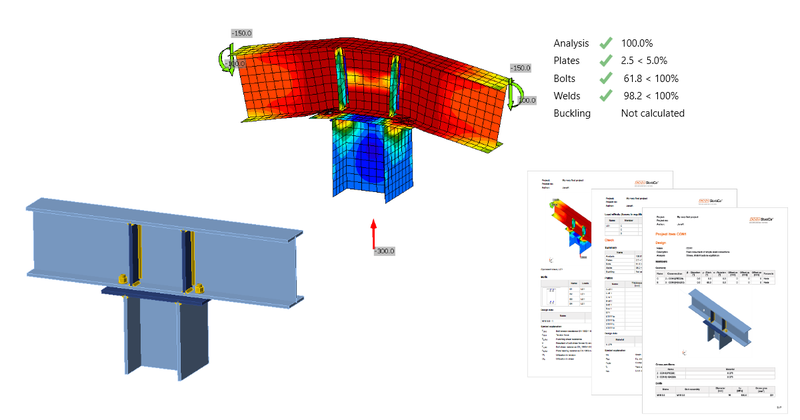Orginal text can be found here: Steel joints with PFCs: problem solved! | LinkedIn
Steel Joints with PFCs (Parallel Flange Channels – or UPN in Eurocodes) represent a significant advancement in structural engineering. IDEA StatiCa has provided a complete solution to this long-standing challenge. Among other unique advantages, their approach has revolutionized the way connections incorporating PFC sections are handled, offering unparalleled precision and reliability.
Although competing software seems to support PFCs for very simple cases like fin plate connections more difficult cases such as moment-resisting connections, or complex geometries, are not covered. Through this article, we will try to explain further about this PFCs issue, as well as how IDEA StatiCa provides a holy grail solution to aid structural engineers to effectively and efficiently carry out their tasks.
Steel Joints with PFCs
This issue of PFCs has been pointed out by new and existing customers, questioning why is this the case with other steel designing software, and how IDEA StatiCa provides a solution. Well, the problem lies deep in the heart of the Eurocode component method in EN 1993-1-8 (Designing standards for steel connections). This Eurocode provides information mainly towards I sections, leaving the other section types out of the picture.
To explain this issue further, let’s have a look at the two connections displayed below:
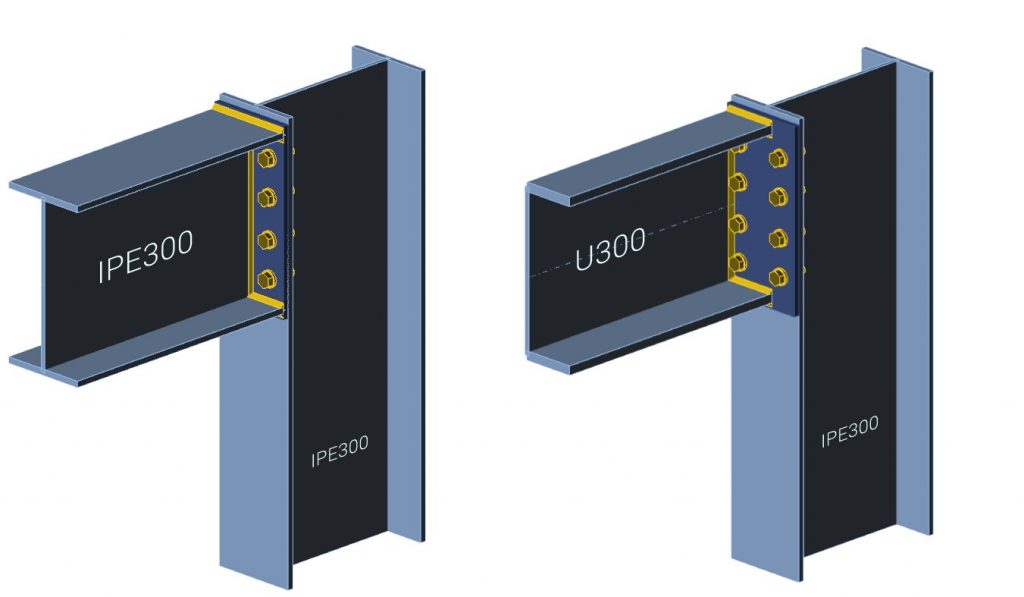
As you can see on the left-hand side, a PFC and an I section of similar in size and mechanical properties are connected to an unstiffened column with the same end plate. For the average component method user, applying the Eurocode provisions on the PFC connection is impossible.
A PFC and an I section, similar in size and mechanical properties, are bolted to the unstiffened column with the same end plate. For some less experienced engineers, applying the Eurocode on the connection can be considered impossible.
Furthermore, to get a better understanding, we reached out to our experts in IDEA StatiCa to provide their insight on how this PFC connection issue can be solved ‘by had’. They stated that in such cases the bolts are standard, but the real challenge is the end plate. They pointed out that the best way to combat this issue is by utilising the yield line theory to calculate the effective lengths for end plate components. This is because Eurocode formulas just can not be applied in this case. Therefore, the solution would be seen as an untypical direction to take, resulting in more questions being asked if it applies to a usual project.
IDEA StatiCa advantages for Steel Joints with PFCs
With IDEA StatiCa, all these ‘grey’ areas around PFCs resisting moments disappear.
Why you may ask? This is because IDEA StatiCa works around the code limitations, as well as, provides insight for connection with channel channels, just like in I-sections. This is also the case when it comes to end plates. Furthermore, due to this versatility, we can support many various types of cross-sections.
In the analysis comparison illustration below, we can see that with the same load, similar mechanical properties of the cross-section and the same end plate; the PFC model has a failure in the top weld. This may be due to the smaller length and the eccentricity of the cross-section.
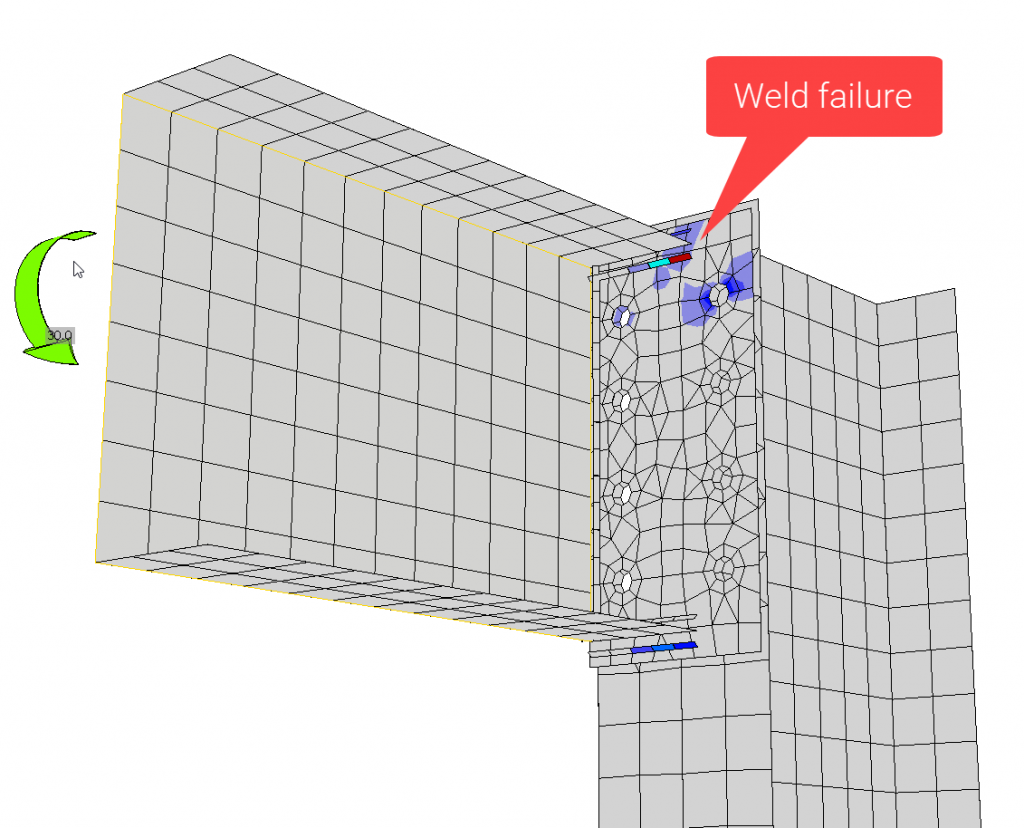
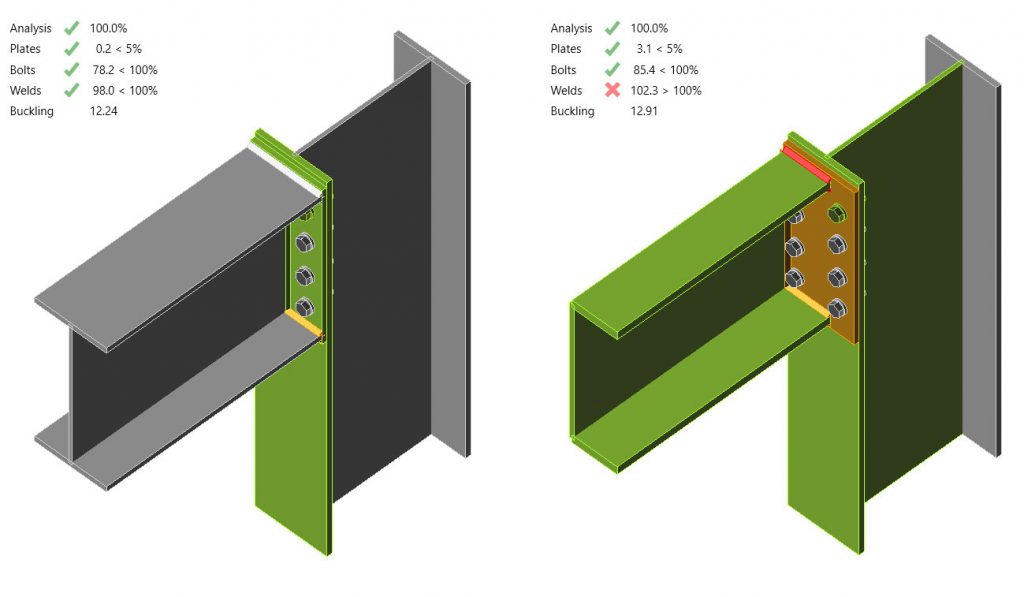
All eccentricities are naturally accounted for and do not need any sort of modification to be made on your loads to make it practical or to employ.
See the illustration below of the unstiffened column flange deformation reflecting the eccentric connection of the PFC beam.

Finally, to demonstrate some more complex cases of PFC joints, see below some customer examples:

If you have similar projects and you would like to try out IDEA StatiCa, feel free to download a free 14-day trial here:
CHECK OUT OUT LATEST POSTS
Steel Pins Design with IDEA StatiCa
Using pins in IDEA Connection Pins are commonly used in...
Read MoreNEW IDEA STATICA 24.0 IS HERE WITH SOME GROUNDBREAKING TOOLS AND FEATURES!
NEW IDEA STATICA 24.0 IS HERE WITH SOME GROUNDBREAKING TOOLS...
Read MoreBeam to Column Connection Design: IDEA StatiCa In-depth Guide
Beam to Column Connection Design: IDEA StatiCa In-depth Guide This...
Read MoreStability of slender concrete columns
How do you ensure the stability of slender concrete columns,...
Read More



